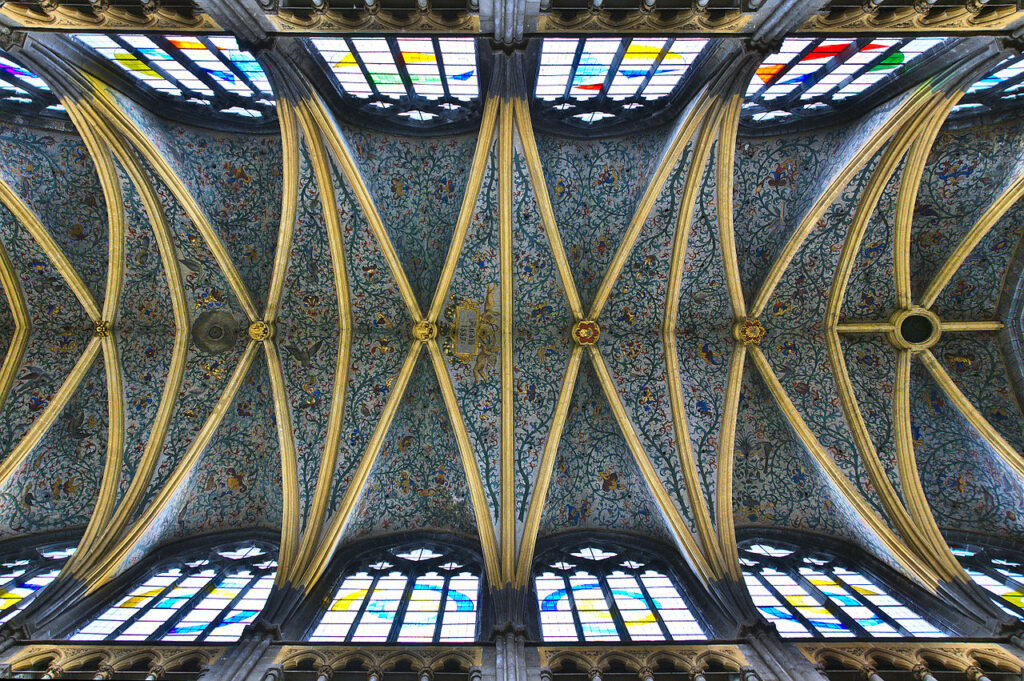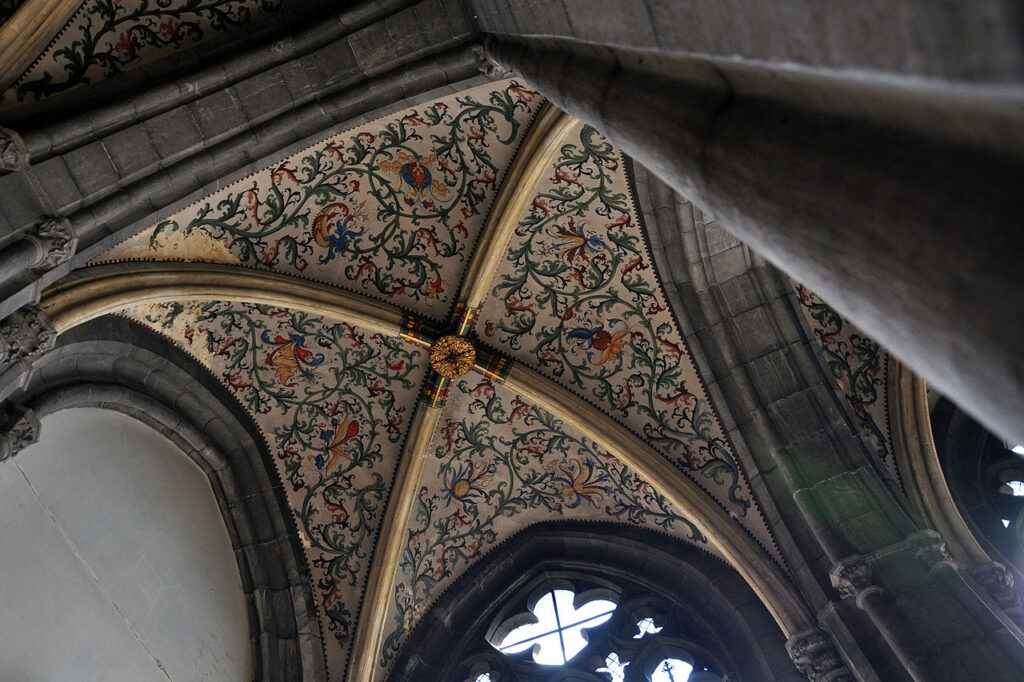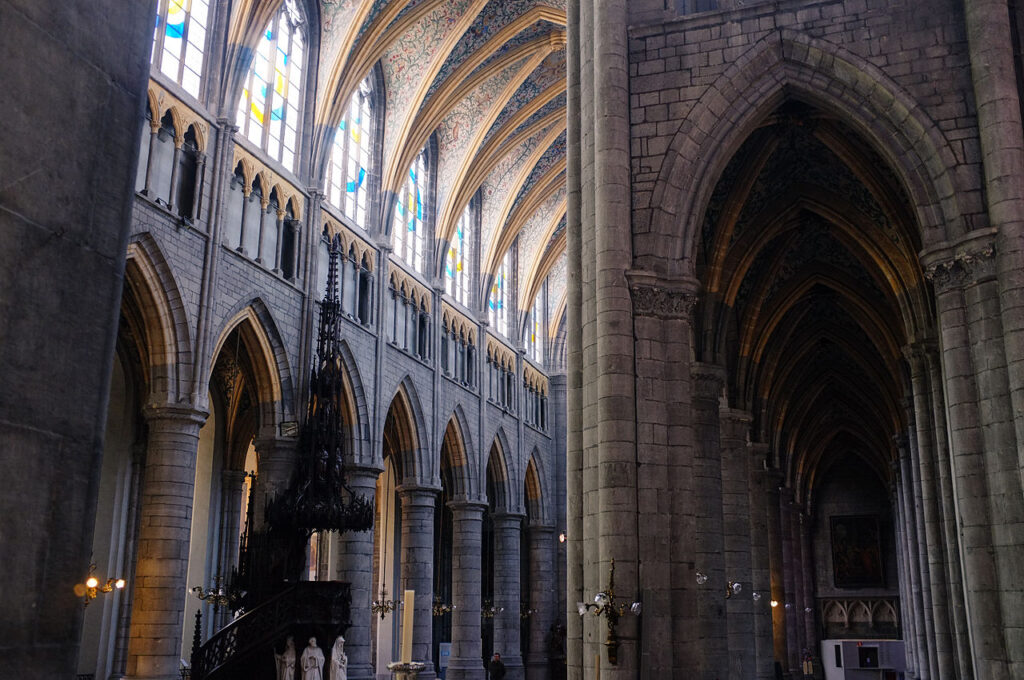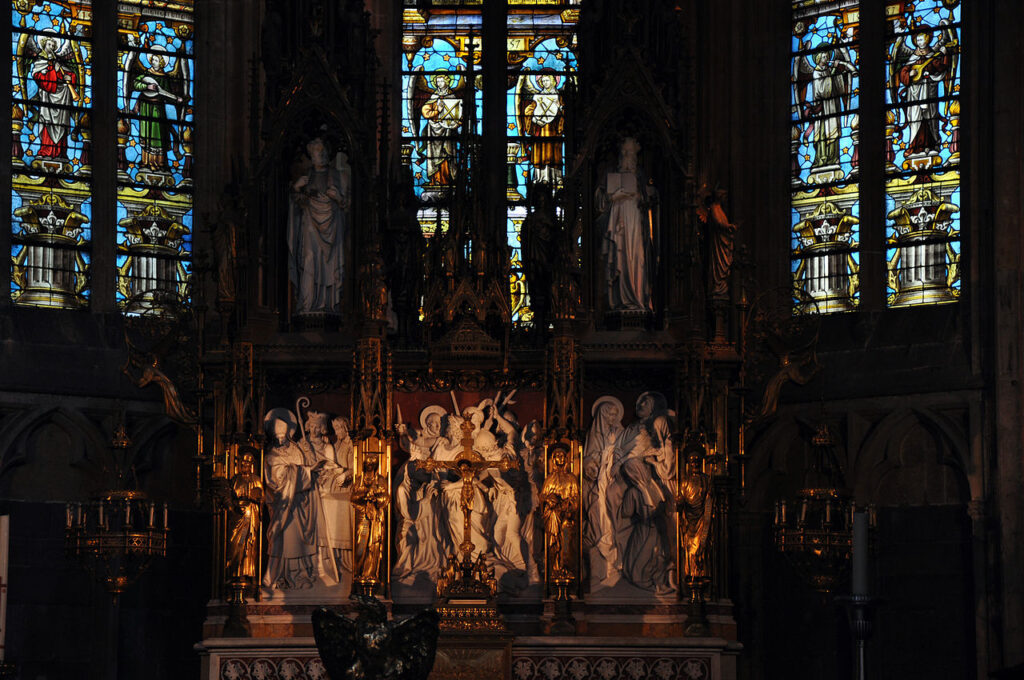Liège Cathedral, otherwise St. Paul’s Cathedral, Liège, in Liège, Belgium, is part of the religious heritage of Liège. Founded in the 10th century, it was rebuilt from the 13th to the 15th century and restored in the mid-19th century. It became a Roman Catholic cathedral in the 19th century due to the destruction of Saint Lambert’s Cathedral in 1795. It is the seat of the Diocese of Liège. The collegiate church of St. Paul has the shape of a Latin Cross 84.50 meters long by 33.60 meters wide and 24 meters high under the keystone. The transept has a length of 33 meters on 11.60 meters wide. The vessel is divided into 3 naves, 2 low sides and a choir without collaterals. His architect is unknown.
It presents major works from Wallonia such as the reliquary of Charles the Bold (around 1471) and the bust-reliquary of Saint Lambert (around 1512). The Cathedral has numerous works of art presented in eight thematic exhibition rooms with a journey through the art and history of the former Prince-Bishopric of Liège.





